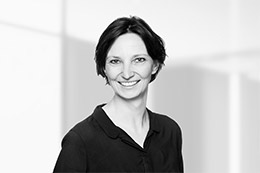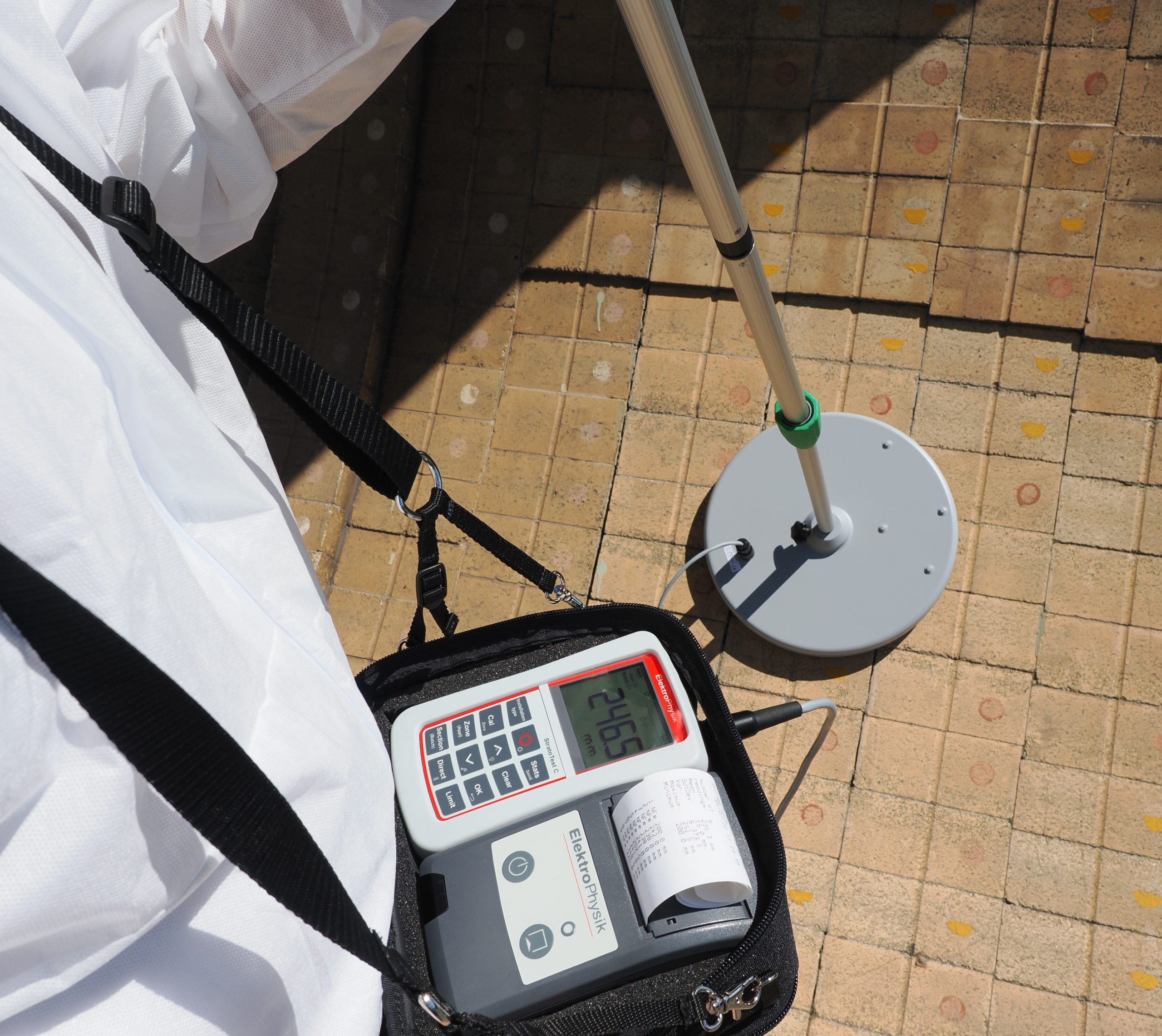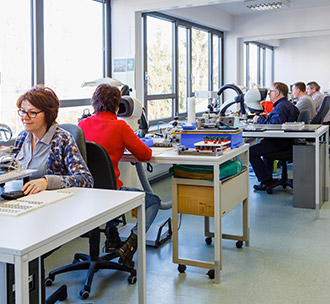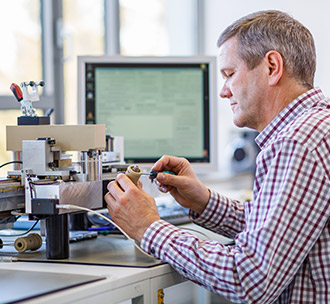Lining thickness measurement
Lining thickness measurement in industrial kilns
Quick, easy and practically non-invasive – lining thickness measurement with ElektroPhysiks StratoTest C
Cement kilns need to have their lining condition regularly checked in order to ensure their flawless operation. Measurement of the lining thickness is carried out during maintenance down-times. Performing lining thickness measurement with StratoTest C considerably reduces these down-times as instead of the traditional measuring method of drilling numerous inspection holes, only one drill hole is required for calibration of the gauge. From there on, the measurement is carried out non-invasively and hence significantly saves working time as well as maintenance costs.
Lining thickness measurement
We are here to help you
finding the best solution for your individual measuring task as well as to answer all questions on coating thickness measurement in general and also when it comes to special topics, on calibration, quality requirements and many more. It is our pleasure to share our experience of more than 75 years in coatings industry with our customers.

Beatrix Badura-Yilmaz
Commercial director
beatrix.badura-yilmaz@elektrophysik.com



